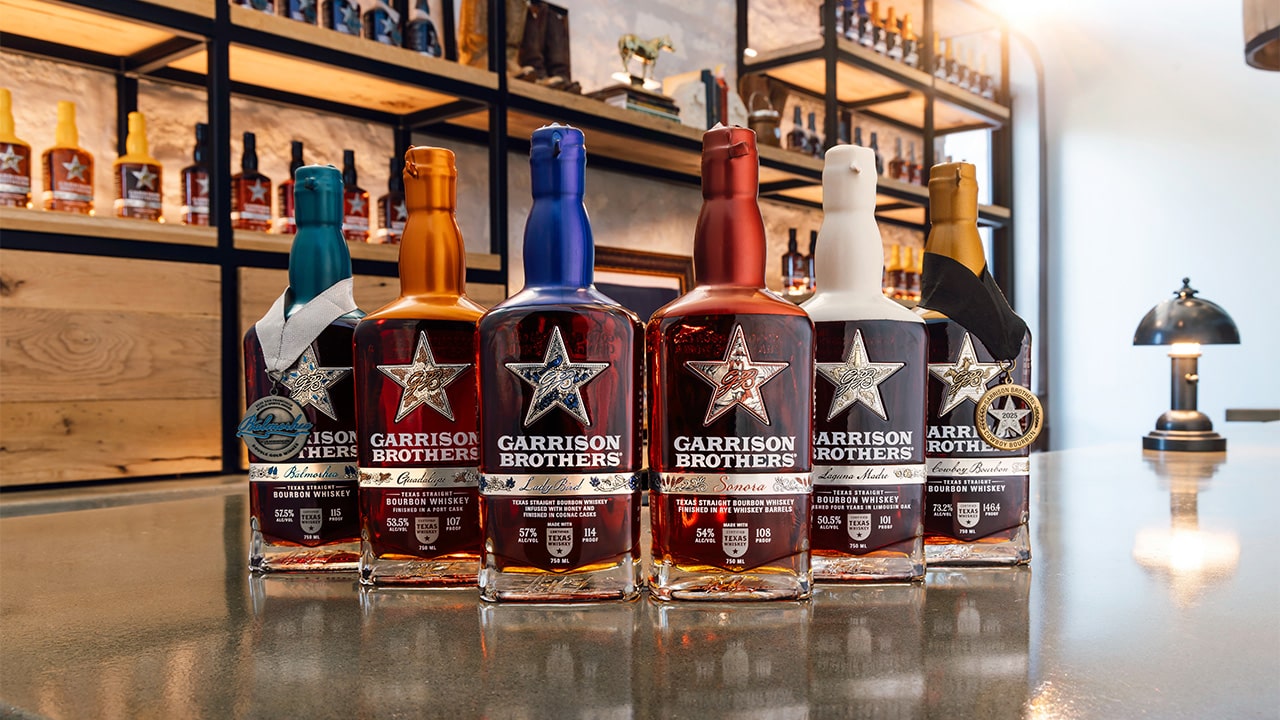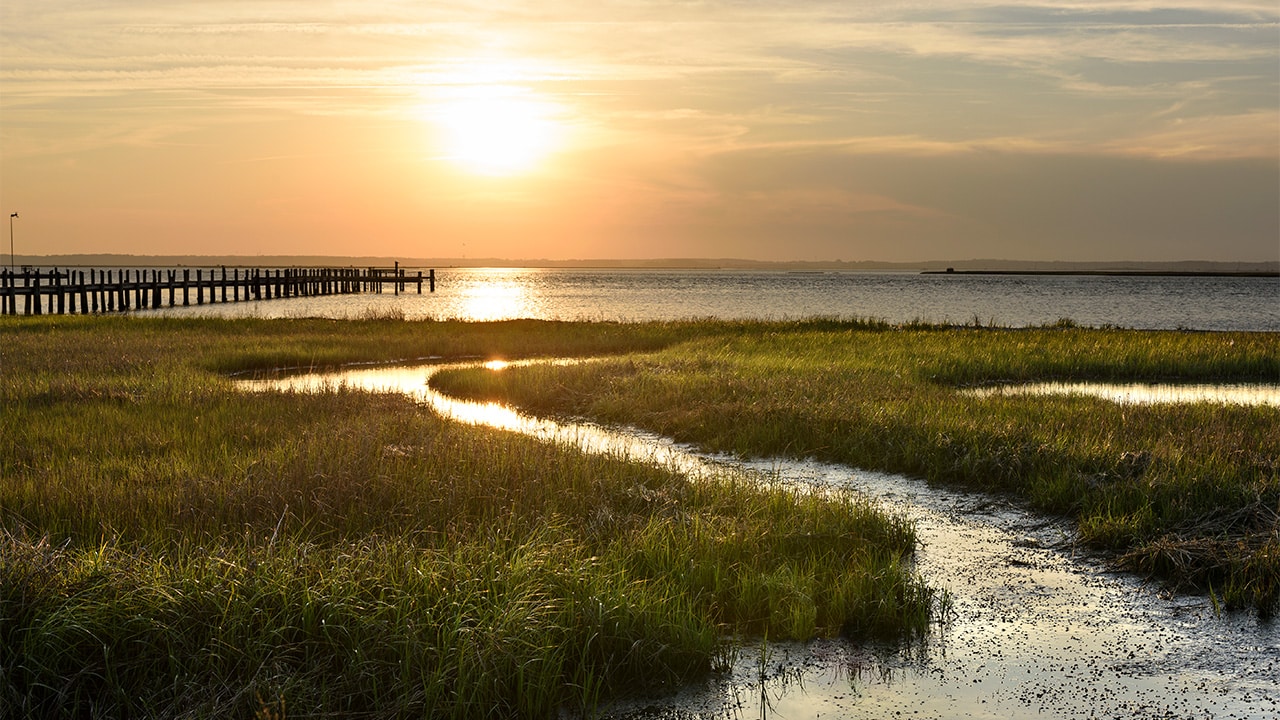Once upon a time—not so long ago, yet worlds away in spirit—bourbon was nothing but whiskey. You might find it distilled by moonlight in copper stills nestled deep in Appalachian hollows or bottled by bootleggers who cared less for tradition and more about evading the law. It was America’s working-class elixir, enjoyed by farmers after a long day’s toil and sipped by businessmen as they plotted deals in smoky backrooms. Bourbon was raw, undefined, and quintessentially American in spirit but not yet in identity.
Picture America in the early twentieth century. Whiskey flowed freely, yet inconsistently. There was no protection, no standardization—one man’s bourbon was another man’s colored moonshine. Then Prohibition hit like a sledgehammer. From 1920 to 1933, bourbon nearly vanished into history. Distilleries shuttered their doors, aging barrels were destroyed or hidden, and whiskey families faced ruin. Survival came hard, smuggled through speakeasy doors or sold quietly under pharmaceutical guise as “medicinal whiskey.”
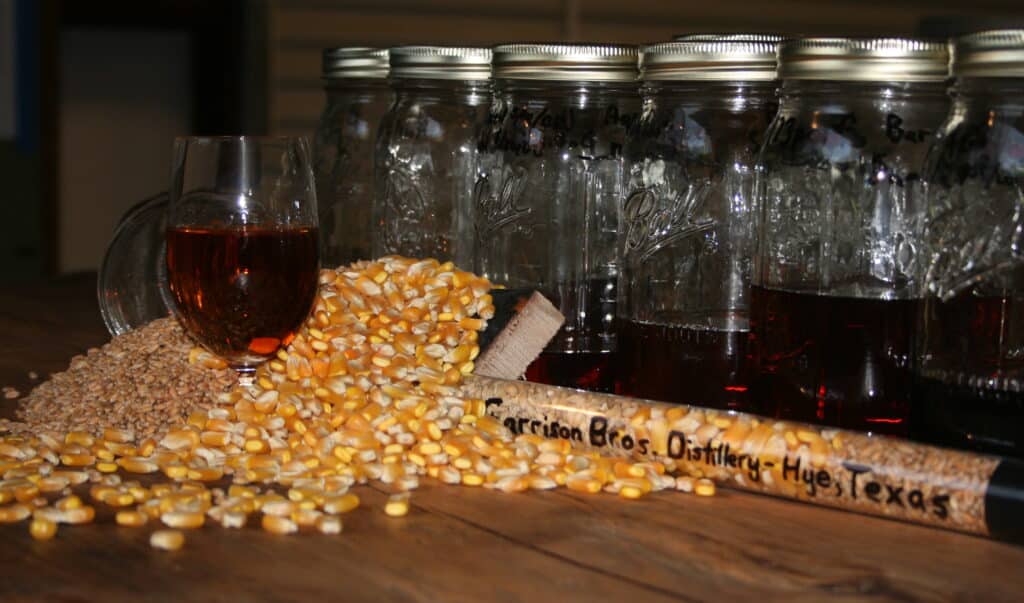
When Prohibition ended, bourbon stumbled back onto shelves, bruised but breathing. But something vital was still missing. In the mid-1950s, bourbon was overshadowed by imports—smooth Scotch, clear vodka. American bourbon was present but muted, its unique heritage unrecognized on the world stage. Foreign distillers casually labeled their products “bourbon” without recourse, diluting the identity and integrity of this uniquely American drink.
Then came May 4, 1964—a date as crucial to bourbon as July 4th to America itself. Congress passed Senate Concurrent Resolution 19, declaring bourbon whiskey a “distinctive product of the United States.” The resolution, straightforward yet powerful, read:
“Whereas it has been the commercial policy of the United States to recognize marks of origin applicable to alcoholic beverages imported into the United States; and Whereas Bourbon whiskey is a distinctive product of the United States and is unlike other types of alcoholic beverages, whether foreign or domestic; Now, therefore, be it Resolved by the Senate (the House of Representatives concurring), That it is the sense of Congress that the recognition of Bourbon whiskey as a distinctive product of the United States be brought to the attention of the appropriate agencies… toward the end that such agencies will take appropriate action to prohibit the importation into the United States of whisky designated as ‘Bourbon whiskey.'”
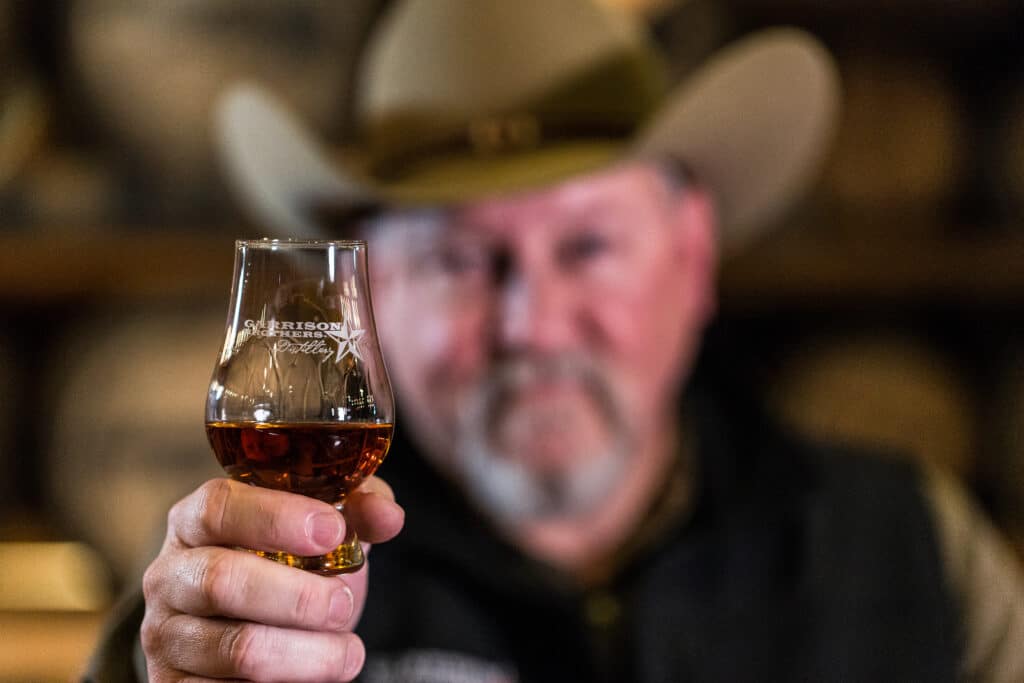
Those words defined bourbon. It was more than recognition—it was protection. Federal law (27 CFR §5.22(b)(1)(i)) soon reinforced this resolution, creating precise and strict regulations:
- Bourbon must be distilled from at least 51% corn.
- Distillation cannot exceed 160 proof, ensuring flavors remain intact.
- Bourbon must enter new charred oak containers no higher than 125 proof.
- When bottled, bourbon must be at least 80 proof.
- Aging must occur in charred new oak containers, providing the signature sweetness and complexity.
- Absolutely no additives—just grains, water, yeast, and oak.
These regulations were not bureaucratic minutiae but a statement of pride, ensuring bourbon’s legacy and integrity.
Decades later, inspired by these precise standards and America’s whiskey tradition, a Texan named Dan Garrison embarked on an improbable quest. Early 2000s bourbon distilleries were rare outside Kentucky. “Bourbon comes from Kentucky,” critics scoffed. But Garrison knew better—bourbon belonged to America.
In a dusty corner of Hye, Texas, he founded Garrison Brothers Distillery, becoming Texas’s first legal whiskey distillery and the state’s first bourbon maker. Dan faced skepticism, scorching heat, and regulatory hurdles. But his resolve was stronger than Texas sunburn, powered by the protection and spirit of the 1964 resolution.
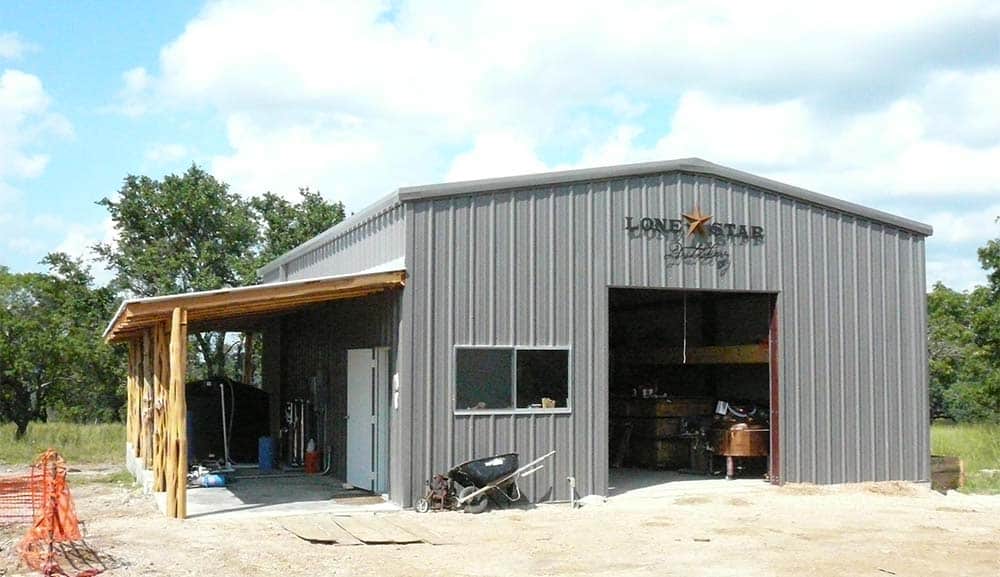
Where others hesitated, he and his team were fearless. Dan and Master Distiller Donnis Todd distilled boldly, barreled their whiskey anxiously, but bravely, and waited patiently as the Texas heat matured it rapidly, yet gracefully. Spending a few $100,000 of their family money since no investor in his right mind would be attracted to such a novel project. Each sip of Garrison Brothers bourbon echoes the resolution’s purpose: integrity, authenticity, excellence.
Today, bourbon is globally celebrated, a billion-dollar industry gracing bars from London to Tokyo. But it remains distinctly American. And at Garrison Brothers Distillery, the resolution’s legacy thrives, fueling innovation and honoring tradition.
On May 4th, pour yourself a glass—not merely to drink but to savor the spirit of freedom, resilience, and meticulous care poured into every bottle. Toast to those who defined it, to the distillers who kept it alive, and to visionaries like Dan who elevate it.
“Bourbon whiskey is a distinctive product of the United States…”
Indeed it is—bold, proud, and unmistakably the American Spirit.


